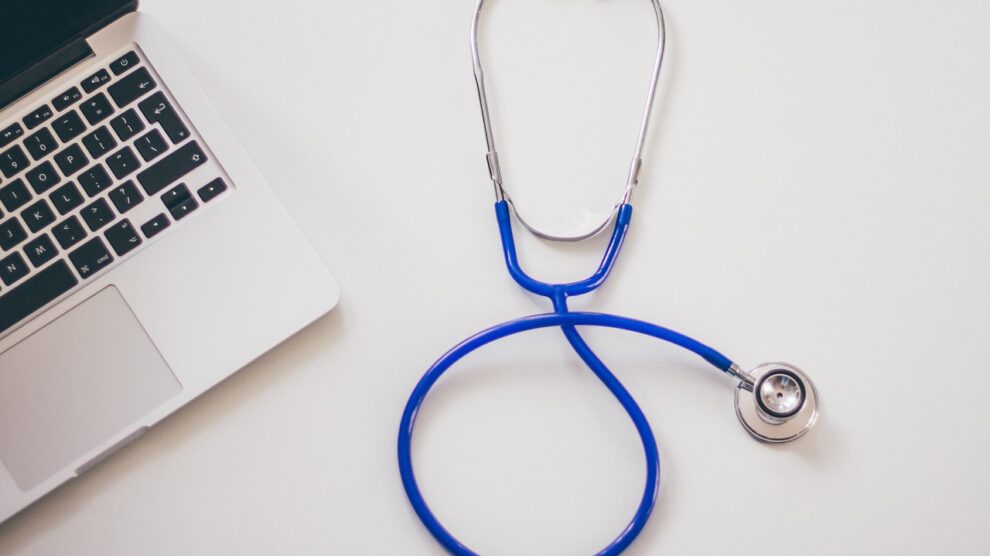Healthcare is one of the most challenging industries in the world. The increasing demands from patients owing to increasing population, longer lifespans, and the constant adaptation to new standards of care refined through research are some pressures that health providers face every day. And now, the threat of pandemics like coronavirus have shown just how critical healthcare is for the survival of mankind as a whole.
As such, the role of technology in enabling health providers to meet these pressing demands with a high level of effectiveness has become crucial in recent years. In fact, one might argue it has even become easier to enhance quality of care thanks to Big Data – analytical techniques which enable the extraction of valuable insights and information from datasets too large to be analyzed in the traditional computing sense.
In this article, I will describe some of the ways that Big Data and related technologies (AI and IoT) can benefit patients and enable healthcare professionals to save lives in a much higher capacity than was possible ever before.
1. Remote-care and Patient Monitoring
Can you think of anything tougher than leaving your bed and going to a doctor when you’re sick? Never a very pleasant experience, is it?
Thanks to big data and advances in technology, telemedicine is now completely capable of bringing clinical care right to your home. Video conferencing, wearable devices, and smartphones are enabling practitioners to collect your data and even diagnose you from the comfort of your home, even if you are located in remote areas with poor access to conventional healthcare.
Wearable gadgets track your health in real-time and transmit this information to your healthcare provider.
This is especially valuable when a surgical or other medical treatment has been performed on a patient and they are released.
Rather than monitoring the health of the patient in the hospital, wearable gadgets allow practitioners to track the patient from home, reducing the bedding requirements of the facility.
This enhances the capability of health providers to service a greater number of patients than would be possible without wearable devices and big data analytics.
The outcome is a win-win. With patients getting their health monitored and even treated at their homes, hospitals save costs, reduce readmission rates, and allow staff to cater to more patients in the same duration of time, all the while improving convenience and quality of care for patients.
2. Enabling patient-centered care
The healthcare industry as a whole is moving towards the adoption of a model that puts the patients themselves at the center. This means that rather than doctors dictating to patients what kind of treatment and health plan they should follow, the modern patient expects the empowerment to play a part in their own care.
The large amount of patient data such as demographics and medical histories available in databases can be used in predictive analytics to map out multiple courses of action for any given patient, given their medical histories.
This naturally allows patients to be a part of the process, where they can see the benefits and harms of each possible treatment procedure and make decisions about their own health with the support of the medical expertise of their primary caregiver.
A good case in point is this research which found that mHealth (mobile health) apps improve patient convenience while also reducing the frequency of in-person visits of patients undergoing breast surgery. The study shows that mHealth can support a more valuable exchange of information between patient and provider than is possible through in-person care or by telephone.
What’s more, the app allows patients to frequently submit follow-up data on their health via emails, which is naturally characterized by higher granularity than either telephone or in-person communication.
This way, big data apps and technologies enable patients to make informed decisions about their health while also providing data to providers to support their decision-making for the best interests of the patient.
3. Predicting heart attacks
Heart attacks are one of the leading causes of death in the world. In the US, 1 in every 4 deaths is caused by a heart attack. As such, prevention and timely treatment of a heart attack patient is one of the holy grails of modern medicine. Time is of critical importance in emergency cases such as these and ideally, healthcare providers would love to have some means of predicting and receiving an immediate alert if a person is undergoing a heart attack.
Predicting the onset of a heart attack has actually become possible through Big Data and Internet of Things (IoT) today.
IoT utilizes sensors, online networks, and digital communication between devices to gather data and aggregate all these individual pieces of information in a centralized hub. An example of application of IoT and big data in this context is the use of wearable gadgets such as smartwatches equipped with ECG circuitry to continuously monitor the health of a patient’s heart.
Such watches can transmit ECG readings to a healthcare facility and trigger an alert in case a potentially dangerous ECG pattern is detected. If the risk is sufficiently large to warrant an emergency response, the watch can be configured to automatically dial 911 for immediate assistance.
Although such devices are far from perfect and still in their early stages, it won’t be long before they become commonplace, drastically transforming the entire healthcare industry for the benefit of modern society.
4. Opioid abuse prevention
Opioid abuse causes more deaths than car accidents in the US. To address this problem, data scientists are already deploying big data analytics to predict the risk of a person for abusing opioids. Scientists have taken advantage of huge volumes of pharmacy data and identified 742 risk factors that can be used to predict how likely a person is for abusing opioids with an accuracy of 85%.
This is another example of predictive analytics made possible by large volumes of data.
Although a complete health program tackling opioid abuse requires a strategy that focuses on treatment and rehabilitation in addition to prevention, the most cost-effective approach is to prevent abuse in the first place.
With the ability to evaluate the risk of abuse for any given individual, practitioners can take more effective preventive measures for high-risk individuals, thus avoiding costs of rehabilitation and treatment while improving patient outcomes.
In this way, big data not only improves the quality and patient involvement in their own care, but also reduces costs by increasing the success rate of abuse prevention.
Big data challenges in healthcare
The benefits of big data in healthcare are immense. However, there are a number of obstacles to the implementation of big data that organizations must tackle with if we are to see a wide-scale adoption in the industry. Chief among these are:
1. Legacy technology: A common problem among healthcare facilities is the tardiness with which they adapt to changes in technology. Many healthcare organizations use legacy systems riddled with security vulnerabilities as well as a lack of compatibility with modern technological innovations such as mHealth and IoT. This introduces additional complications for any health organization wishing to adopt Big Data and related technologies.
2. Data security: As our personal data becomes increasingly digitized and available on central databases accessible to healthcare organizations, cybersecurity breaches in the system can lead to serious issues such as identity thefts and even financial losses for patients and their families. The healthcare industry is one of the most targeted sectors by hackers and cybercriminals, especially those organizations that run older legacy computer systems. The first rule of data security best practice is to use updated systems. Security software such as VPNs, firewalls, DDoS protection, and anti-malware come much later in the list of actions you need to take in order to guard against the threat of data breaches.
3. Data fragmentation: Healthcare is one of the most fragmented industries when it comes to how data is organized. With so many institutions responsible for the collection, storage, and transfer of patient information, a single patient’s data files may be spread across multiple health facilities, with no single institution having the complete information of said patient. Since the value and accuracy of analytics requires the availability of large volumes of data, fragmentation is a serious hurdle to speedy data acquisition and limits the potential of Big Data and related technologies across healthcare.
4. Variable standards: Healthcare standards constantly evolve as new research discovers safer and more effective procedures for patient care. Since Big Data predominantly operates on pre-defined algorithms based on certain standards, its frameworks will need significantly higher flexibility to allow for any changes in operative standards.
Summing Up
The healthcare industry cannot afford to lag behind other sectors of the modern economy in terms of technology adoption. Big data has excellent potential to significantly enhance quality of healthcare, improve efficiency, and reduce costs.
There are good signs of progress in the industry with the development of telemedicine, IoT, and mHealth products. If we persist with these innovations, there’s no question that a drastic transformation of healthcare is in order, one that saves lives at a higher volume of care.
The development of telemedicine, IoT, and mHealth products are encouraging signs of progress in the industry. If we persist with these innovations, there’s no question that a drastic transformation of the healthcare system is in order, one that will perform its core function exceedingly well: saving lives.





